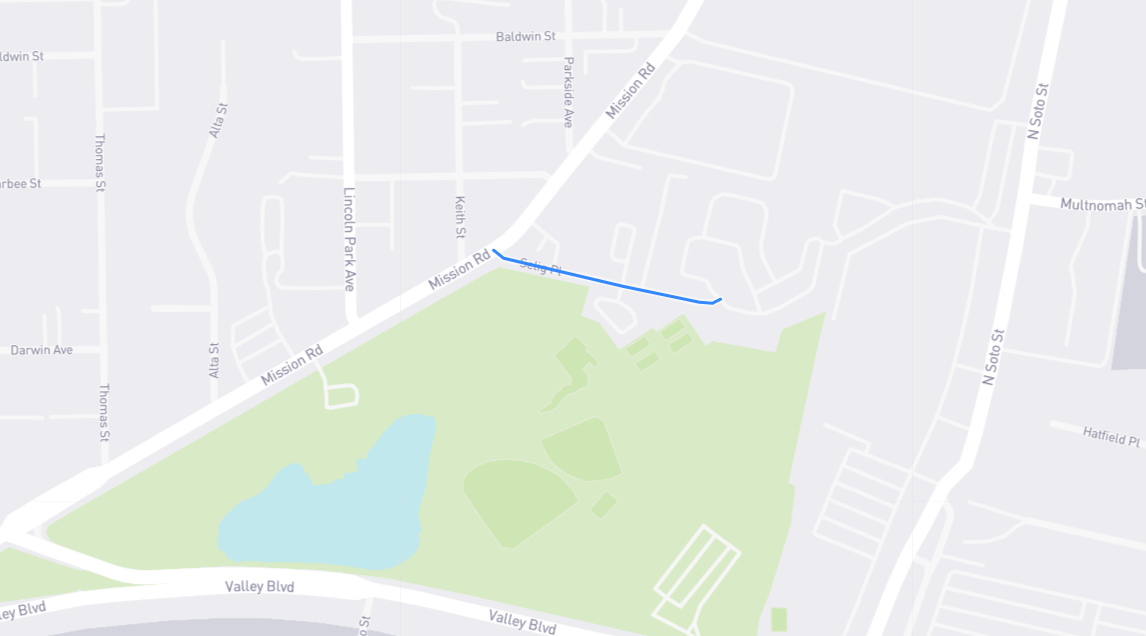This street marks the location of the old Selig Zoo, owned by motion picture pioneer William Nicholas Selig (1864-1948). The native Chicagoan started out as a magician, first billing himself as “Professor” Selig and later as “Colonel” Selig, a title he kept for the rest of his life. As befits a showman, the details of Selig’s early filmmaking years are muddled by lore, but he allegedly founded Selig Polyscope in 1896 (I found it incorporated in 1900) and established his studio in Chicago. He had been using Colorado for his location shoots but needed a beach for the finale of 1908’s The Count of Monte Cristo, so he sent his director Francis Boggs to Laguna Beach – and Boggs shot California’s first-ever scripted film scene. Agreeing that SoCal was ideal for making movies, Boggs and Selig’s righthand man Tom Persons flipped a coin over whether to establish Selig’s auxiliary studio in Los Angeles or San Diego. Again, that’s lore, but Selig Polyscope soon opened shop in L.A.’s Edendale neighborhood, where in 1911 Boggs was shot dead by his delusional former gardener Frank Minemoto in the middle of a business meeting with Selig, who was visiting from Chicago. Selig, who was wounded in the attack, wouldn’t live in L.A. full-time until around 1919. As for the Selig Zoo, it began in 1911 as a place for Selig to house the wild animals he used in his productions. It opened to the public in 1915 and was run by Selig himself until he sold it in 1925. The park went through a number of names and iterations until closing in the 1950s. Selig Place was named in 1933.
Find it on the map:

